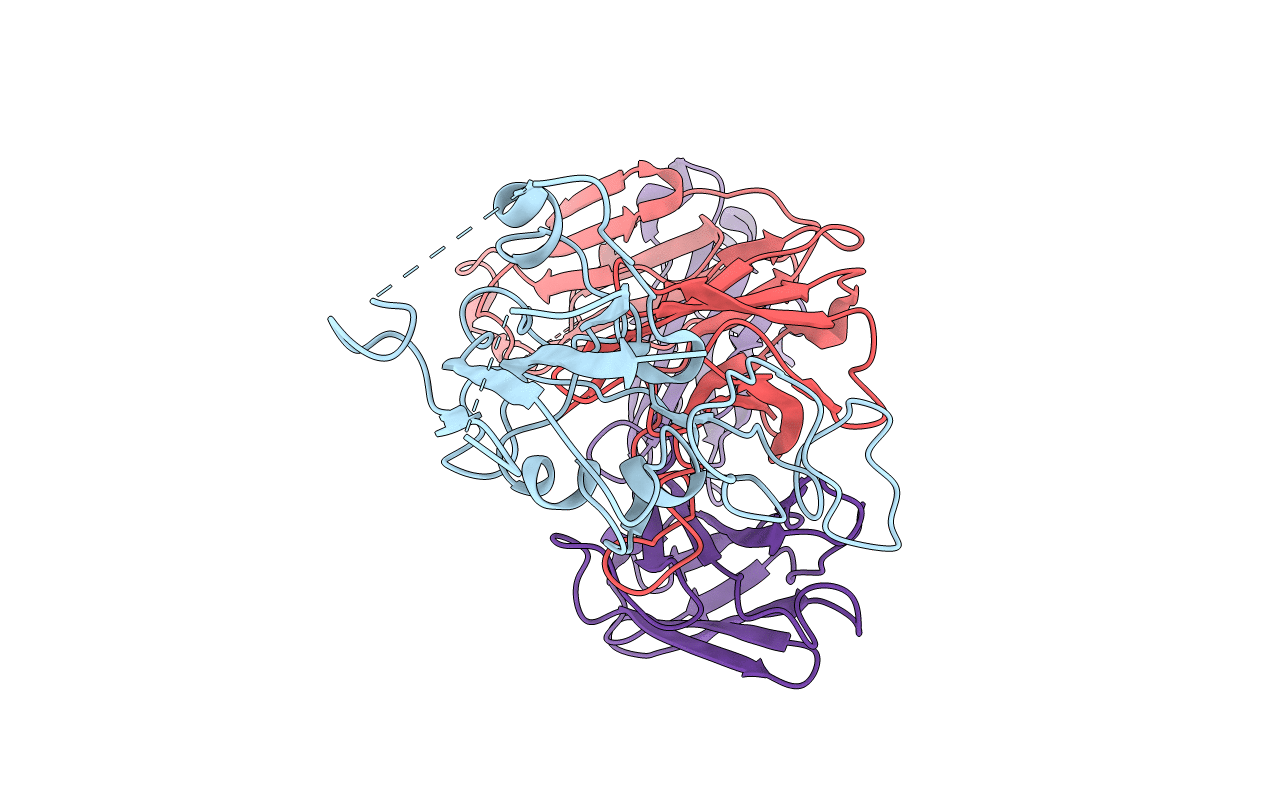
Deposition Date
2020-12-21
Release Date
2021-02-10
Last Version Date
2024-10-09
Entry Detail
PDB ID:
7L5B
Keywords:
Title:
Crystallographic structure of neutralizing antibody 2-15 in complex with SARS-CoV-2 spike receptor-binding Domain (RBD).
Biological Source:
Source Organism:
Severe acute respiratory syndrome coronavirus 2 (Taxon ID: 2697049)
Homo sapiens (Taxon ID: 9606)
Homo sapiens (Taxon ID: 9606)
Host Organism:
Method Details:
Experimental Method:
Resolution:
3.18 Å
R-Value Free:
0.23
R-Value Work:
0.18
R-Value Observed:
0.19
Space Group:
I 1 2 1


